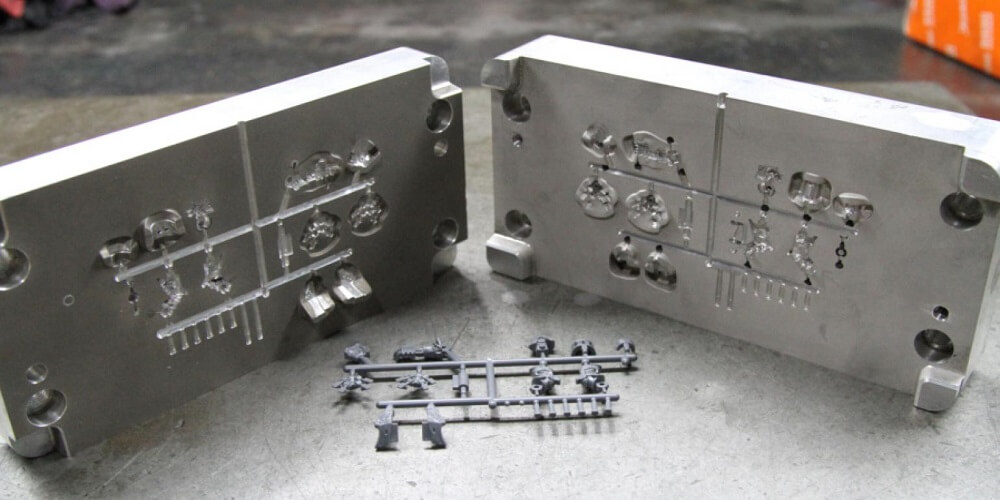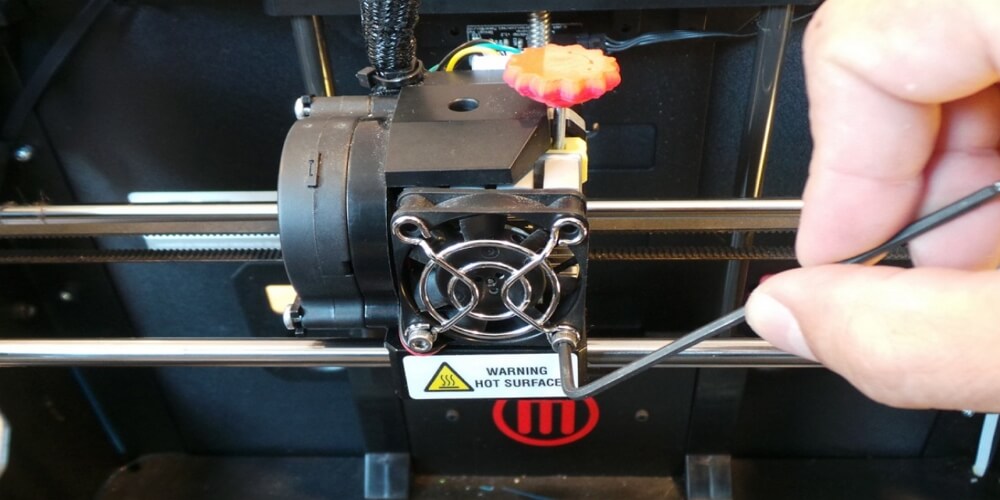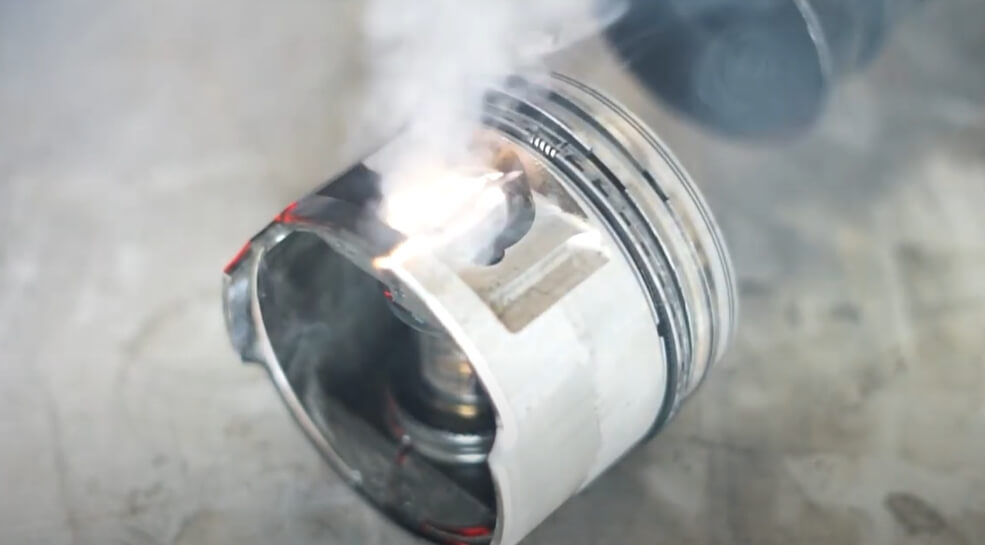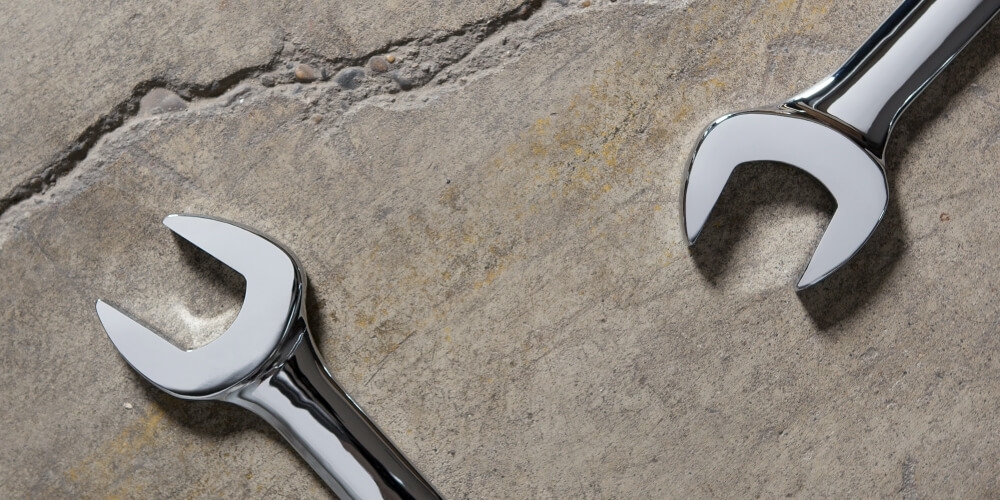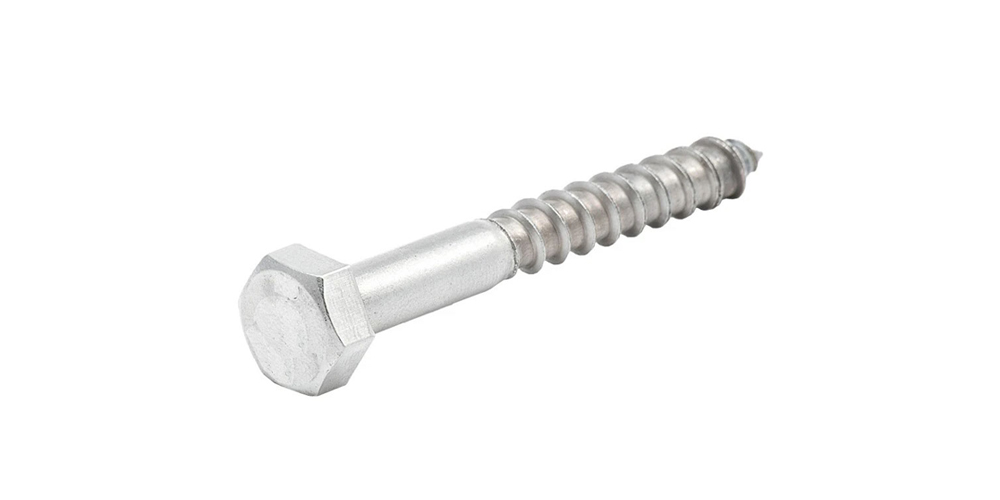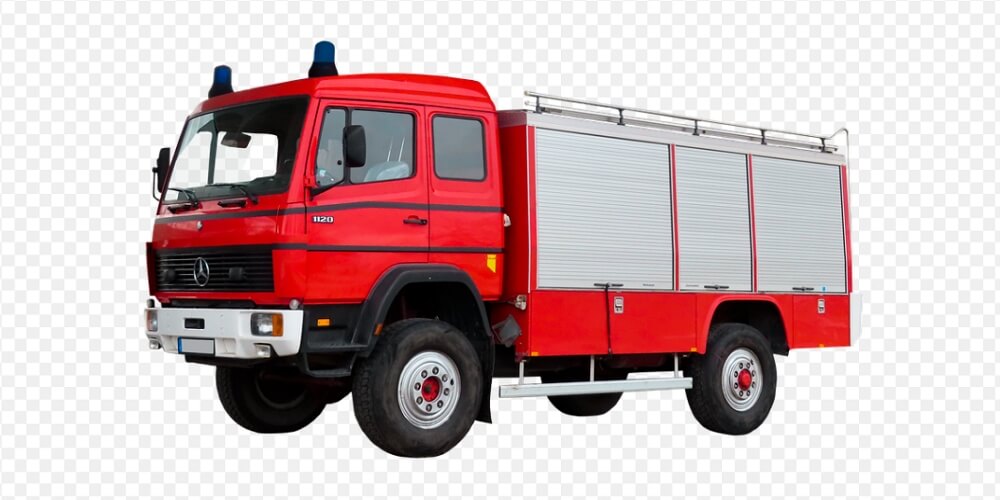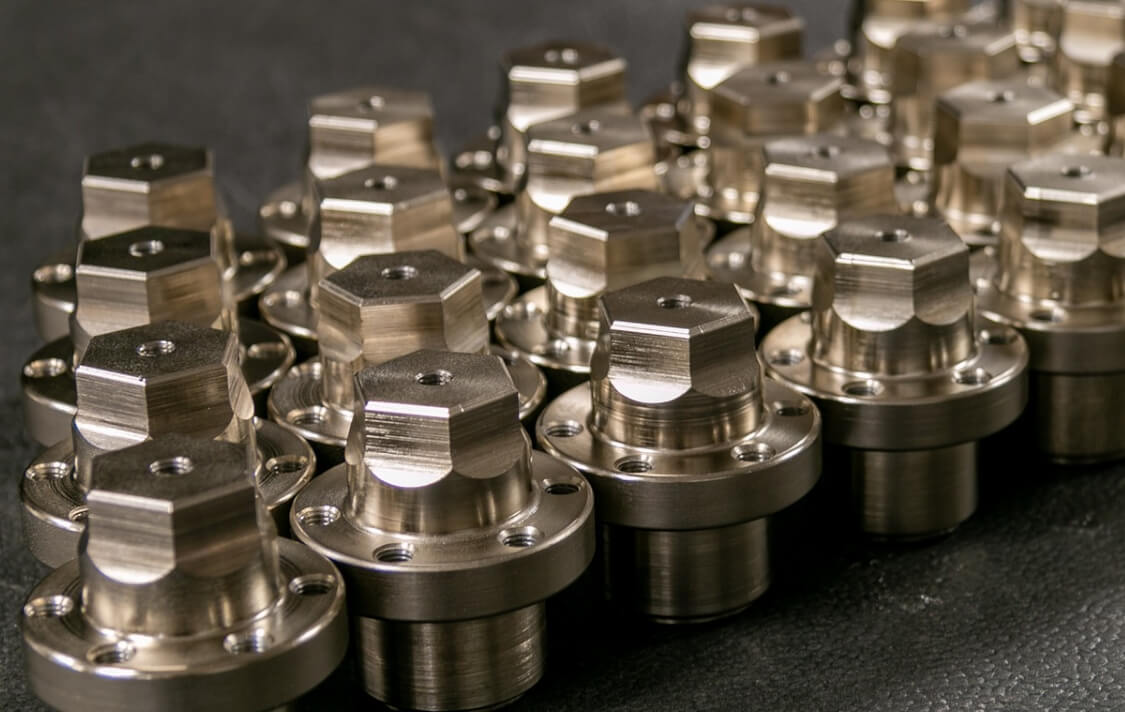The rapid manufacturing industry is one that has always been inclined toward the satisfaction of customers’ needs and wants. In cases where the demand for manufactured products is high, then the need for production speed is not to be taken for granted. However, an increase in speed would most likely indicate a certain amount of reduction in quality. Except in the cases of large scale manufacturers making use of large and more advanced machinery.
In that case, what is an entrepreneur to do to meet up with the high demand for his or her manufactured products? This was a challenging situation until rapid manufacturing equipment was invented. Do you want to follow the rest of the manufacturing industry in advancing but are still having doubts?
In that case what exactly are rapid manufacturing equipment? What does rapid manufacturing involve? Is rapid manufacturing expensive? Do I need a sort of special training for rapid manufacturing? Keep reading and these questions and many more will be answered as we progress in this article. But first things first, an introduction.
Basic Introduction to Rapid Manufacturing Equipment
The Manufacturing process involves the formulation or the creation of items and products via an industrial process. The manufacturing process is subdivided into three major subsidiaries. These divisions are:
- Form Fabrication
- Subtractive fabrication and
- Additive fabrication
For this article, the additive fabrication method of manufacturing is the star of the show. This is because rapid manufacturing is a type of additive fabrication. Additive fabrication is simply a method of manufacturing that involves the addition of layers. These layers are stacked upon each other and bound to give the end product.
The technique of rapid manufacturing used would determine just how solidly bound together these stacks are. The materials used in the rapid manufacturing process could also determine the durability of the end product. Some types of rapid manufacturing can formulate components so durable that they are used as components in the aerospace as well as the automobile industry. A typical example of this type of rapid manufacturing is the powder bed fusion rapid manufacturing technique.
Meanwhile, some techniques of rapid manufacturing can be used for more “individual” purposes. These are the rapid manufacturing techniques that are used in the fabricating of initial prototypes. These do not cost as much money as the types of rapid manufacturing used in actual industries. These could be used for a 3D model of a house or any design made by an architect or any form of artist. An example is a material jetting or fused deposit modeling technique.
Is the Cost of Rapid Manufacturing Equipment High?
From the brief introduction given to rapid manufacturing techniques in the previous subheading, we come to see that there are various types of rapid manufacturing techniques. They are all unique in their way. Some are relatively cheap while others can be pretty expensive. It all depends on your budget.
But on a general note, one can not explicitly say that rapid manufacturing is expensive. This is because regardless of your budget there is most likely a rapid manufacturing technique that suits you.
Conclusion
They are many more interesting facts about rapid manufacturing techniques. Many more improvements have been made in the rapid manufacturing industry. Hopefully, this article has given you a somewhat decent understanding of the current state of rapid manufacturing techniques.
